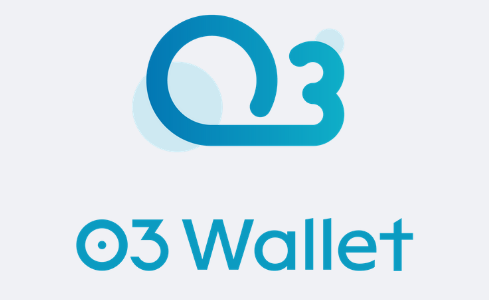O3 wallet app detailed guide and operation steps
- WBOYWBOYWBOYWBOYWBOYWBOYWBOYWBOYWBOYWBOYWBOYWBOYWBOriginal
- 2024-08-28 17:40:02893browse
O3 Wallet is a decentralized digital asset management software that stores, sends, receives and exchanges cryptocurrencies. How to use O3 Wallet? 1. Download and install the app; 2. Create a wallet; 3. Import wallet (optional); 4. Store cryptocurrency; 5. Send cryptocurrency; 6. Exchange cryptocurrency (optional); 7. Manage assets; 8. be safe.

O3 Wallet App 2024 Detailed Guide:
What is O3 Wallet?
O3 Wallet is a decentralized digital asset management software that can be used to store, send, receive and exchange cryptocurrencies.
How to use O3 Wallet?
1. Download and install O3 Wallet:
- Download the O3 Wallet app from the official website or mobile app store.
- After installing the app, open and create a new wallet.
2. Create wallet:
- Choose a password that is secure and easy to remember.
- Generate and securely back up a 12-word mnemonic phrase.
3. Import wallet (optional):
- If you already have an O3 wallet, you can enter your mnemonic phrase to import it .
4. Store cryptocurrencies:
- You can store various cryptocurrencies in O3 Wallet, including ETH, BTC, USDT, etc.
- Click on the "Receive" tab to generate your wallet address in order to receive cryptocurrencies.
5. Send cryptocurrency:
- Click the "Send" tab and enter the recipient's wallet address and transfer amount.
- Enter your password to confirm the transaction.
6. Exchange cryptocurrencies (optional):
- O3 Wallet is integrated with decentralized exchanges, allowing you to exchange cryptocurrencies directly in the app Exchange cryptocurrencies in.
- Click on the "Trade" tab, select the currency pair you want to exchange and enter the amount.
7. Manage assets:
- O3 Wallet provides an asset overview, showing your balance and transaction history.
- You can also set notifications to track price and market trends.
8. Security Tips:
- Protect your mnemonic phrase and back it up safely.
- Enable two-factor authentication for enhanced security.
- Update your app regularly to get the latest security patches.
The above is the detailed content of O3 wallet app detailed guide and operation steps. For more information, please follow other related articles on the PHP Chinese website!

